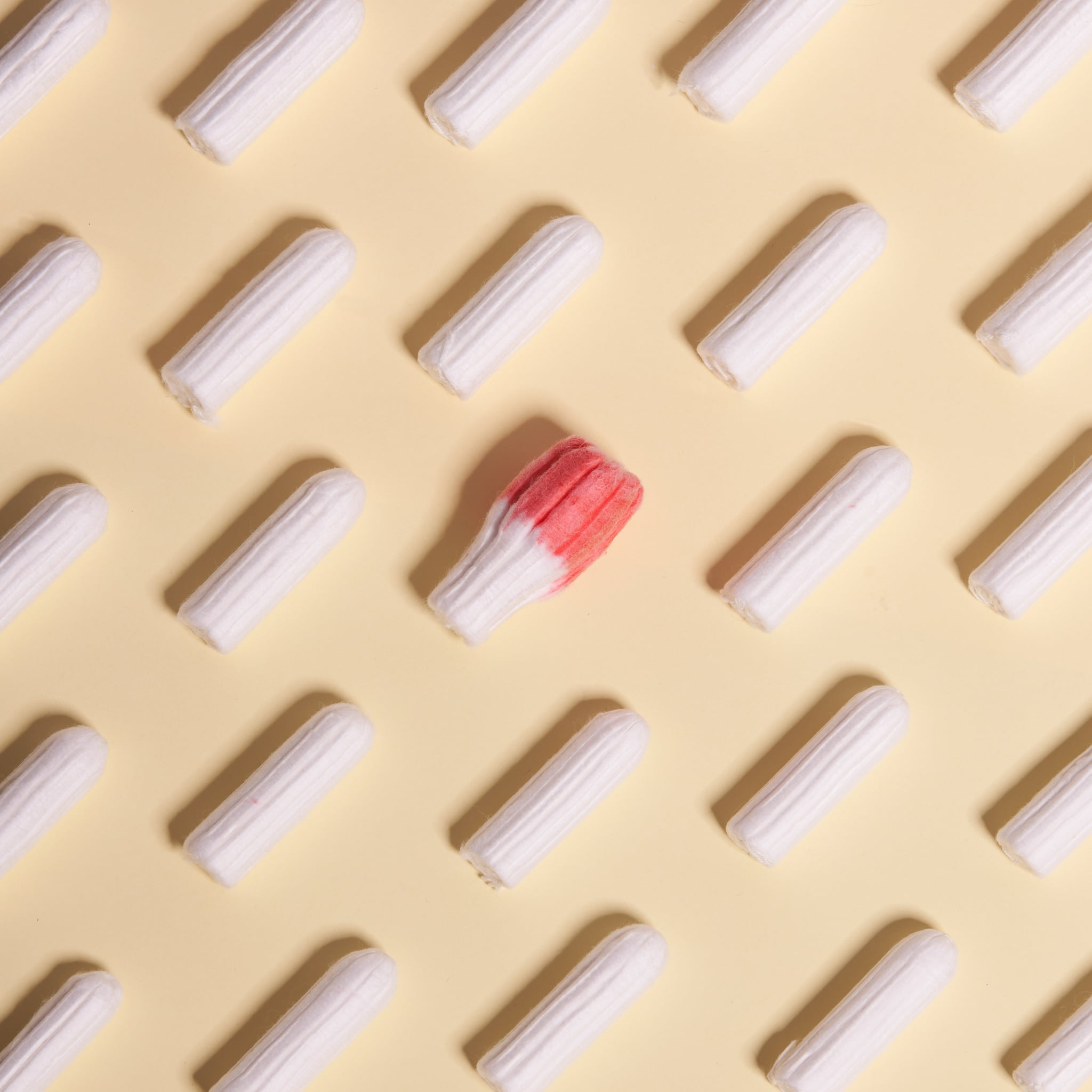
Period blood can be a bit of a chameleon. Depending on the day of your period, it may be bright red, deep red, or even dark brown and may even smell slightly acidic. But period blood also has the potential to change consistency — sometimes taking the form of small, gel-like blood clots.
If you’ve caught sight of these gooey globs of blood while going to the bathroom or changing your tampon on a heavy day, you may have wondered what’s behind their presence.
According to an article by the Cleveland Clinic, these blood clots, known as menstrual clots, are actually a mix of blood and tissue from your uterus and are typically considered normal. So, experiencing them during your period isn’t necessarily cause for alarm.
However, you’ll want to pay attention to the size of these clots and the heaviness of your flow.
In the article, Danielle Wehn, PA-C, explained that large clots (the size of a quarter or larger) and/or a heavy flow that soaks through a pad in an hour could indicate a health problem, and those experiencing this should reach out to their medical provider.
The CDC also recommends reaching out to a doctor if your flow causes you to have to change your tampon after less than two hours, or if you bleed for more than seven days: two common signs you’re experiencing heavy bleeding, or menorrhagia.
Fibroids, polyps, and hormonal imbalances are a few of the medical issues commonly behind heavy menstrual bleeding. Heavy bleeding can also cause health issues like anemia, which needs to be diagnosed and addressed by a doctor.
If you notice any abnormalities in your period or have any concerns whatsoever, never hesitate to speak with your doctor.
Image Source: Kristian Scheffler/EyeEm
